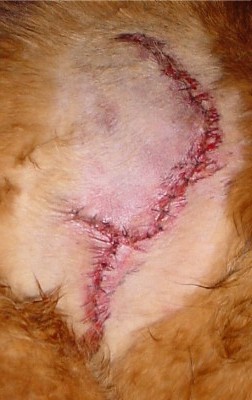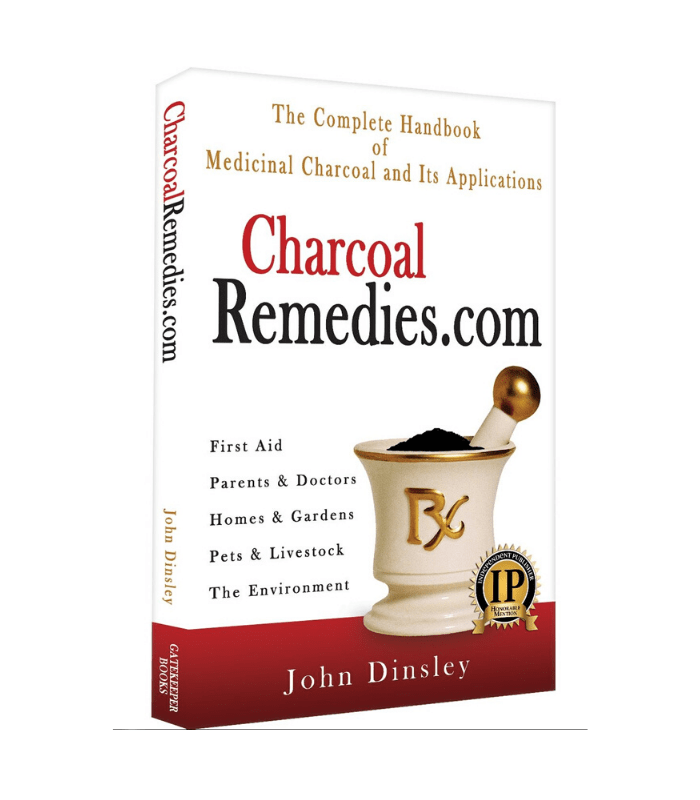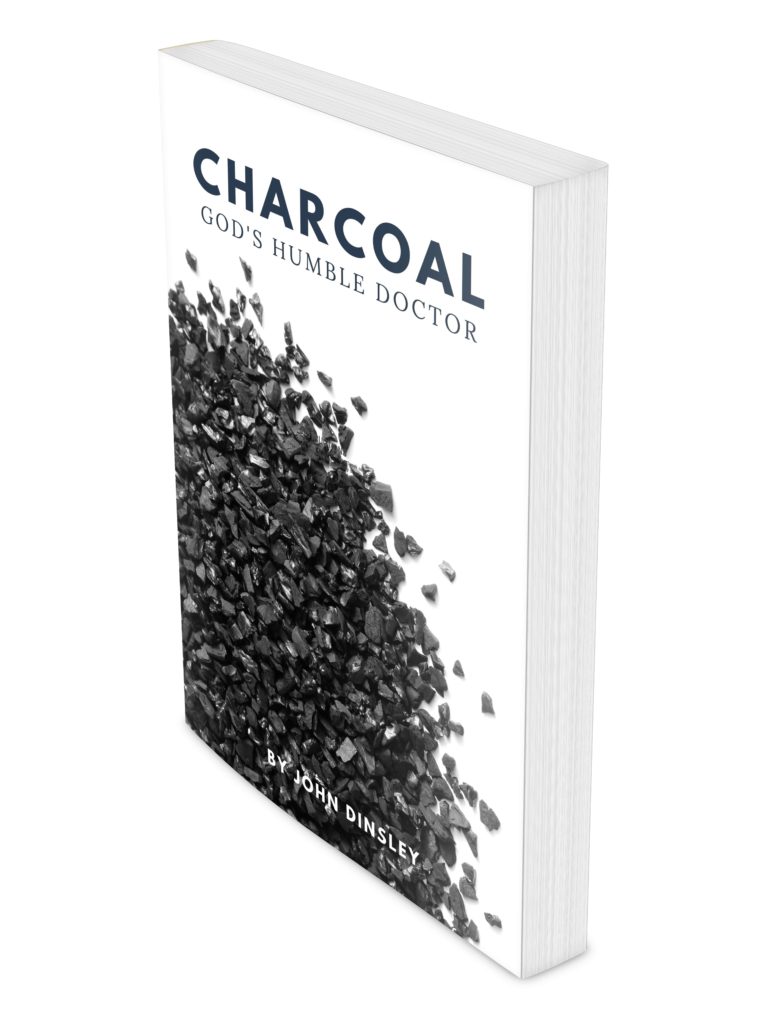Infected Animal Wounds
Here are a few stories from the book CharcoalRemedies.com The Complete Handbook of Medicinal Charcoal & Its Applications that tell how individuals have used charcoal successfully to help stop infections and promote healing.
“After nursing all day at the hospital, Julie returns to her home to practice her veterinarian skills. After recommending charcoal for patients she returns home to use charcoal for her dogs and sheep. When her dog developed an eye infection, she applied a charcoal poultice over the eye. She changed the poultice three times a day for three days, and by the third day the infection was gone.
For her kitten’s diarrhea, she gave a syringe full of charcoal water down her throat. This worked immediately. Then her sheep developed scours, and she gave them water to drink with charcoal mixed in. It too was soon well again.”
“Through his several years of health ministry in India, Bill saw many heart-rending cases. One case involved a man’s ox. Oxen are very valuable to farmers in that culture, and are prized more than a tractor would be in America. The people are dependant on them for their livelihood. This ox had had a boil on its rump, which had abscessed and become infected. The ox was so sensitive to the pain that they had to tie it down to work on it. Bill cleaned the area around the open wound, and then applied hot and cold packs to the area. He then packed the open ulcer with pulverized charcoal. The next day when the farmer brought the ox to be treated, it quite willing lay down to be treated on its own. Eventually the wound completely healed.”
“Another incident involved a horse with a hopelessly infected eye. The horse was in a group of other horses being offered for sale, but because of its eye, it seemed destined for destruction. One family, intending only to buy a small pony from the owner, agreed that for an additional $25, they’d purchase the injured one also. They reasoned that the saddle was worth at least that much. Little hope was given for the poor animal.By the time the horse was delivered, the eye had become a sickening mass of oozing puss, with no evidence that an eye was even present in the socket. The family immediately went to work on the eye. Twice daily, charcoal poultices sprinkled with golden seal were applied to the eye. The poultices were held in place by a nylon stocking.
Charcoal, flaxseed and apples were also blended together and fed to the filly. Within weeks the eye had cleared up, and she was as sound as the other horses. Less than a year later she produced a beautiful, healthy foal. As of this writing, there is no indication that she once had such an unsightly malady.”
“Dr. Myatt frequently recommends charcoal for her two-legged patients at work but sometimes her four-legged pets at home also need the benefits of charcoal. “One of our cats somehow tore one of her claws out and the foot became badly infected. The vet recommended a treatment of antibiotics, but we decided to try a charcoal poultice first. My husband, Mark, was able to secure the poultice so that the cat could not remove it. By the third day the foot was back to normal.”
Read Your Stories and, to learn more how to treat your pets or livestock with charcoal, get the book CharcoalRemedies.com The Complete Handbook of Medicinal Charcoal. From camels to cats, from dogs to chickens you will be touched by the numerous heart-warming stories of how this simple natural remedy, charcoal, healed their wounds and saved their lives. Annie’s Battle Wounds We have a dog named Annie of unidentified breed. She is for ever getting into something she shouldn’t, which sometimes means extra effort on our part and pain on hers. This first set of pictures were her run in with a barbed wire fence that she got tangled in—we think. I think there was something like 30 stitches. After one dose of antibiotics that night we decided to go with charcoal powder mixed in with her wet dog food. We began applying charcoal poultices the next day. By day 6 there was one area still weeping a bit but by day 8 it has stopped. The hair was already growing back in by day 6. She healed fine, but not of everything…

This set of pictures is Annie’s second run in with a barbed wire fence (the skunk got away!) She sat quite calmly as I stitched her up without any anesthesia—5 stitches. You can see I applied the charcoal jelly directly to the wound with no layer between the skin and the wound. Again, she healed fine, but again not completely….
This time she caught the skunk….
Probably the operation she dislikes the most is when we have to de-burr her. I have dubbed her our “Burr-d Dog.”

John Dinsley
Born in British Columbia, Canada, John Dinsley has lived, and worked from South America to the North Pole, from Nova Scotia to Nepal. He is trained as a lifestyle counselor, teaches public health programs, home remedies workshops, and has operated a family care home. He and his wife Kimberly are the owners of Charcoal House LLC. They often travel together across the U.S. and internationally to conduct charcoal workshops. He is a carpenter by trade, has managed an organic market garden business, and volunteered in overseas development work. When he is not building, teaching or gardening, he enjoys writing.


